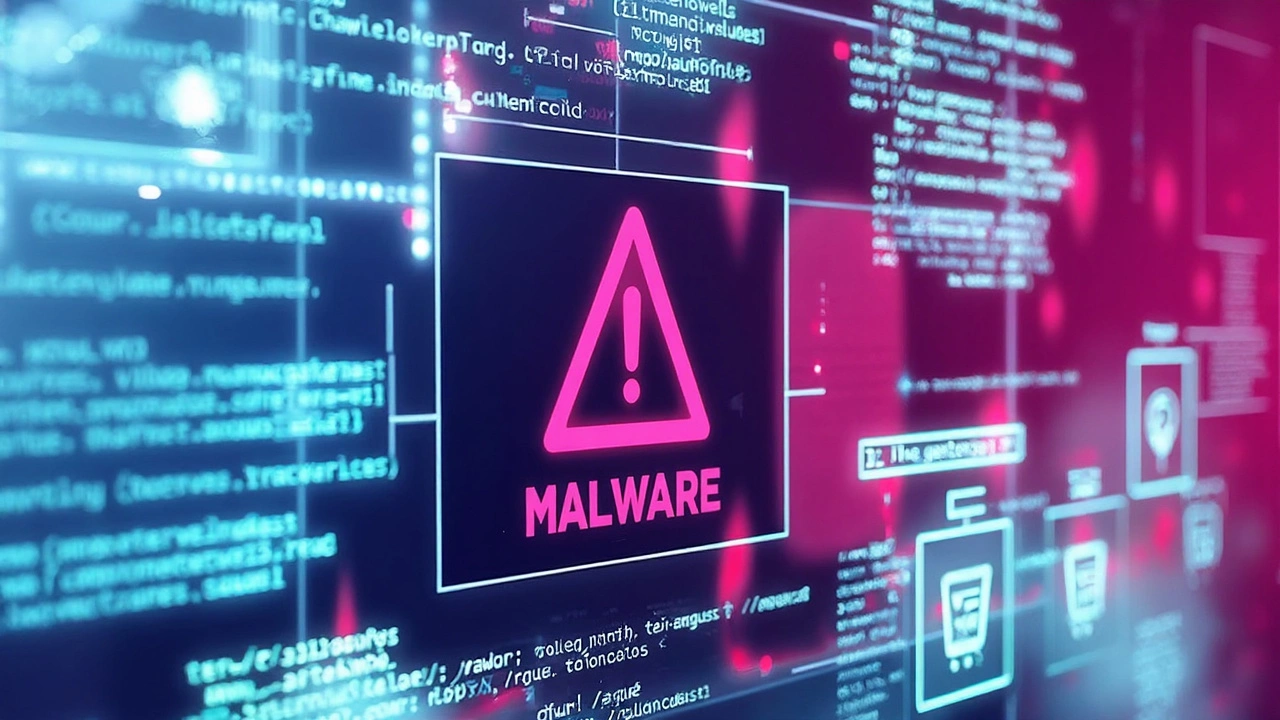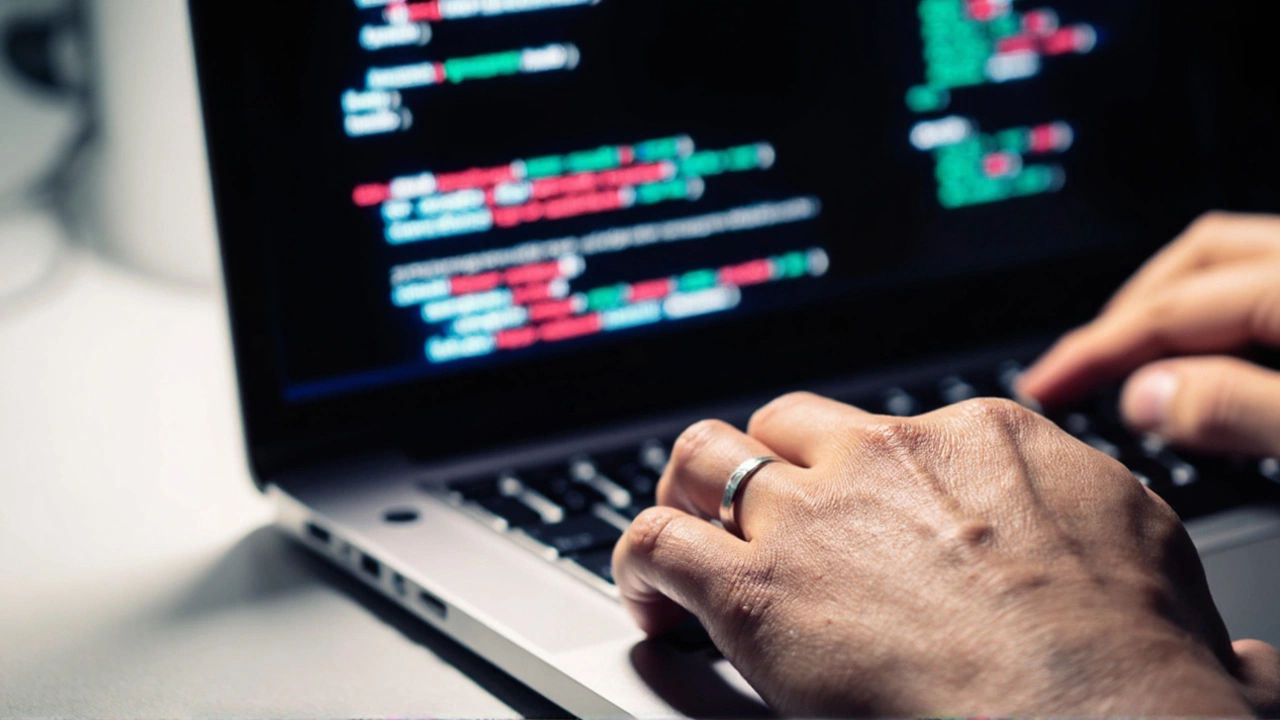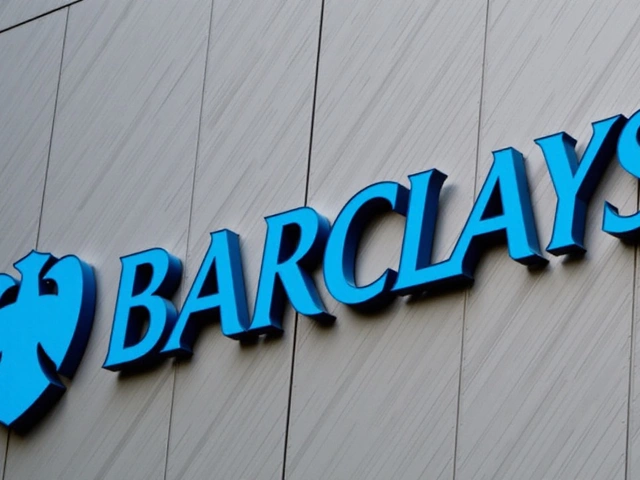Data Breach: What It Means and How to Protect Yourself
Every time you hear about a big company losing customer data, you wonder if it could happen to you. A data breach is when unauthorized people get hold of private information—emails, passwords, credit‑card numbers, sometimes even health records. It’s not just a headline; it can lead to identity theft, fraud, and a lot of unwanted hassle.
Most breaches start with a simple mistake: a weak password, an unpatched software vulnerability, or a phishing email that tricks someone into clicking a bad link. Hackers love these low‑effort opportunities because they can harvest plenty of data quickly. Understanding the common ways breaches happen helps you spot the warning signs before they turn into a problem.
Common Types of Data Breaches
Phishing attacks are still the top method. Attackers send emails that look like they’re from a trusted source, asking you to enter login details on a fake site. Once they have your credentials, they can jump into your accounts and steal information.
Another frequent culprit is malware—software hidden in seemingly harmless files or apps. When you download or install it, the malware can log keystrokes, capture screenshots, or open a backdoor for hackers to sneak in later.
Third‑party breaches happen when a vendor you work with gets hacked. If a supplier stores your data on their servers and they don’t secure it well, your info is exposed even though you didn’t do anything wrong.
Practical Steps to Guard Your Data
First, use strong, unique passwords for every account. A password manager can generate and store complex passwords so you don’t have to remember them all. Enable two‑factor authentication (2FA) wherever possible—it adds a second layer that stops attackers even if they have your password.
Second, keep your software up to date. Updates often include security patches that close known loopholes. This applies to your operating system, browsers, apps, and even the firmware on your router.
Third, be skeptical of unexpected emails or messages, especially those asking for personal details or urging you to click a link. Verify the sender by checking the email address closely or contacting the organization directly through a known channel.
Fourth, regularly check your financial statements and credit reports for strange activity. Early detection of unauthorized transactions can limit damage and help you act fast.
Finally, back up your data often. If ransomware hits, you’ll have clean copies on an external drive or secure cloud service, reducing the incentive for attackers to hold your files hostage.
Staying safe isn’t about being paranoid; it’s about building habits that make it hard for anyone to get a foothold. By knowing how breaches happen and taking simple, consistent actions, you keep your personal info out of the wrong hands.
Kieran Lockhart, Jun, 22 2025
Massive Data Breach Uncovers 16 Billion Stolen Login Credentials from Major Tech Giants
A shocking data leak has exposed 16 billion credentials from platforms like Google, Apple, and Facebook, originating from infostealer malware. Researchers warn this is the biggest breach yet, urging the use of password managers, MFA, and account monitoring.
View MoreKieran Lockhart, Jun, 22 2025
16 Billion Passwords Leaked: Massive Data Breach Hits Apple, Google, Facebook, and More
A huge leak has compromised 16 billion passwords from Apple, Google, Facebook, and more, making it the biggest data breach yet. The data comes from over 30 incidents and puts millions at risk of credential-stuffing attacks. Most people still don't realize how widespread this breach is.
View More





